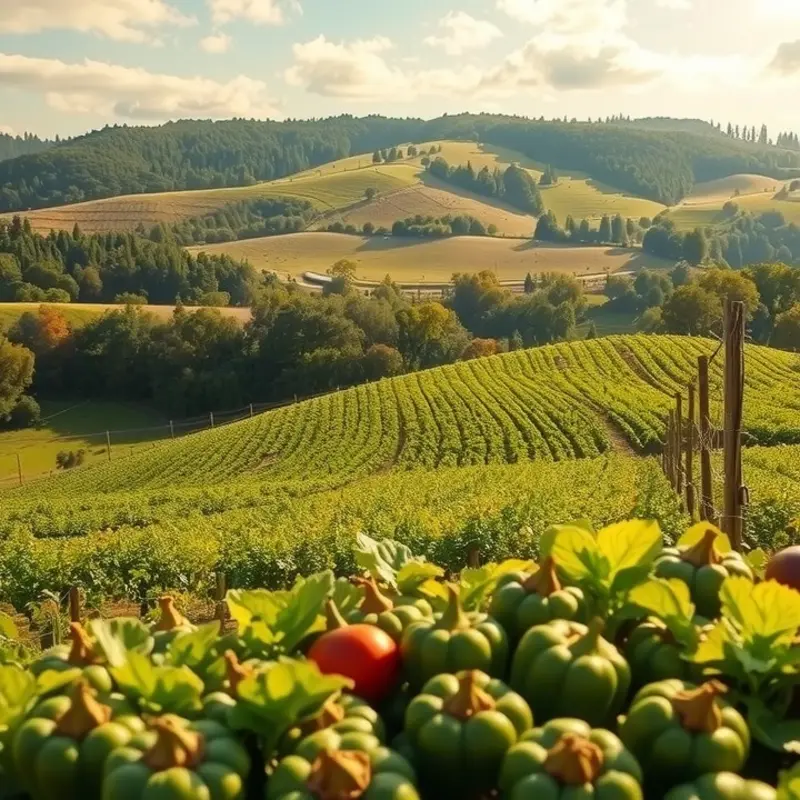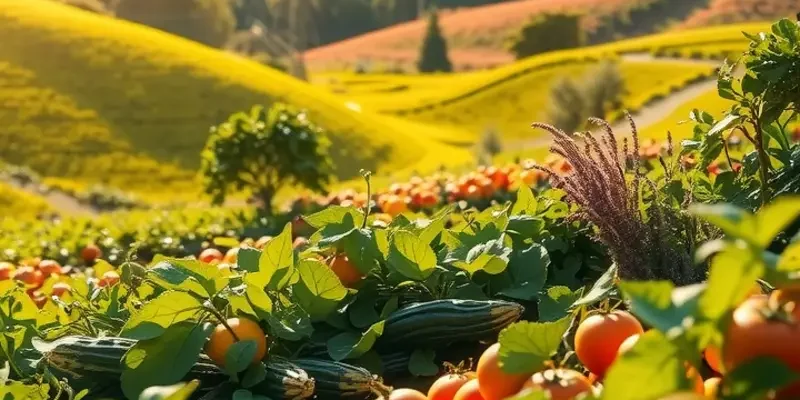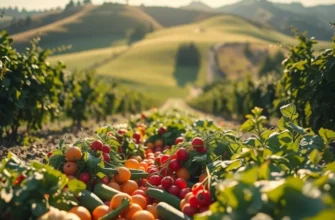Learning to caramelize sugar is an essential skill that enhances your baking and cooking repertoire. Whether you’re a novice or an experienced cook, mastering the techniques of caramelization opens up a world of possibilities. This guide will provide you with straightforward methods and tips to ensure your caramel turns out perfectly every time, adding a rich, sweet flavor to your desserts and dishes.
Understanding Caramelization: The Basics

To master the art of caramelizing sugar, it’s essential to understand the underlying science. Caramelization is a complex process where sugar molecules break down and reform into new compounds when heated. This transformation is what gives caramel its distinctive color and flavor.
Choosing the right type of sugar is the first step. While granulated white sugar is the most commonly used, brown sugar and other forms like honey or maple syrup can also be caramelized. However, the results will vary in flavor and texture. Granulated sugar is ideal for beginners due to its consistency and predictable behavior under heat.
Moisture plays a critical role in caramelization. When sugar is heated, it initially melts into a clear liquid. At this stage, the water content begins to evaporate. It’s essential to control this evaporation rate carefully. If the heat is too high, sugar may burn, resulting in a bitter taste. Adding a small amount of water at the start helps dissolve the sugar evenly, preventing crusting and ensuring a smooth caramel.
Understanding the temperature range is crucial for achieving perfect caramel. The process begins at around 320°F (160°C) when sugar melts. As the temperature increases to between 340°F (170°C) and 350°F (175°C), sugar turns into a rich amber color with a complex flavor profile. Beware: exceeding 350°F can lead to burning, spoiling the end product.
To caramelize properly, start with a heavy-bottomed pan to ensure even heat distribution. Keeping a close eye on the color change is vital; stir gently with a heat-resistant spatula if needed. Some cooks prefer the dry method, where sugar is heated in a pan without water. The wet method, involving water, provides more control and is less likely to burn.
Once the desired color is reached, remove the pan from the heat immediately. The residual heat will continue to cook the caramel even after it’s off the burner. This is an opportune moment to add butter or cream, creating a rich sauce. Be cautious, as adding these ingredients will cause a vigorous reaction as the caramel bubbles up.
For those interested in more tips and techniques, check out this guide on easy sauce simmering to enhance your culinary skills. Applying these fundamentals can elevate homemade desserts and open the door to a world of delectable, caramel-infused creations.
Step-by-Step Guide to Caramelizing Sugar

Caramelizing sugar is a technique that adds depth and character to various culinary delights. To start, choose granulated white sugar for consistency. Brown sugar can be used, but it brings additional moisture that might alter results.
When it comes to cookware, not all pots are created equal. Opt for a heavy-bottomed saucepan to ensure even heat distribution and prevent hot spots that can cause burning. A light-colored pan is ideal, allowing you to monitor the sugar’s color change accurately.
Dry Method
The dry method is straightforward, involving just sugar and heat. Spread sugar evenly in the pan, turning on the heat to medium-low. It begins to melt at the edges—stir gently with a heat-resistant spatula to mix properly. Keep the heat consistent to avoid uneven caramelization. The sugar should transform to a liquid and morph into a rich amber hue.
Wet Method
The wet method incorporates water, providing more control. Start by mixing sugar with a small amount of water until it resembles wet sand. Use a brush to dissolve any crystals on the pan’s sides to prevent crystallization. Heat gently until it dissolves, then let it cook undisturbed. The syrup will eventually darken to a golden amber.
Potential Pitfalls
Both methods bear hazards if rushed or left unattended. Crystallization is a common issue—crystals can suddenly form and harden the sugar. To troubleshoot, add a small splash of lemon juice or corn syrup in the early stages, which helps prevent this reaction.
If sugar is overheated, it can burn rapidly. Keep your eyes peeled for a dark brown, which indicates it’s nearing burning. Lower the heat and stir to cool it down slightly if needed.
Troubleshooting
Should the sugar begin to harden before reaching its caramel tones, attempt re-dissolving it with careful re-application of heat. Begin at the lowest setting, being mindful not to agitate until it melts again. A useful tip is to splash a few tablespoons of water if necessary, then resume melting.
Patience is crucial when mastering this culinary craft. For further ideas on how to simplify kitchen tasks while reducing waste, explore low-waste cooking practices, which align well with perfecting techniques like caramelizing sugar.
Caution and vigilance are your allies in achieving vibrant caramel. Once mastered, a beautiful array of sweets can be crafted with the perfect balance of flavor and visual appeal.
Final words
Caramelizing sugar may seem intimidating at first, but with the right knowledge and practice, you can create perfect caramel every time. Remember to respect the process, monitor the temperature closely, and don’t be afraid to experiment with different types of sugars and flavors. As you master this essential skill, you’ll find countless ways to enhance your dishes, from desserts to savory dishes. The sweet rewards of caramelization will elevate your everyday cooking and keep friends and family coming back for more.







